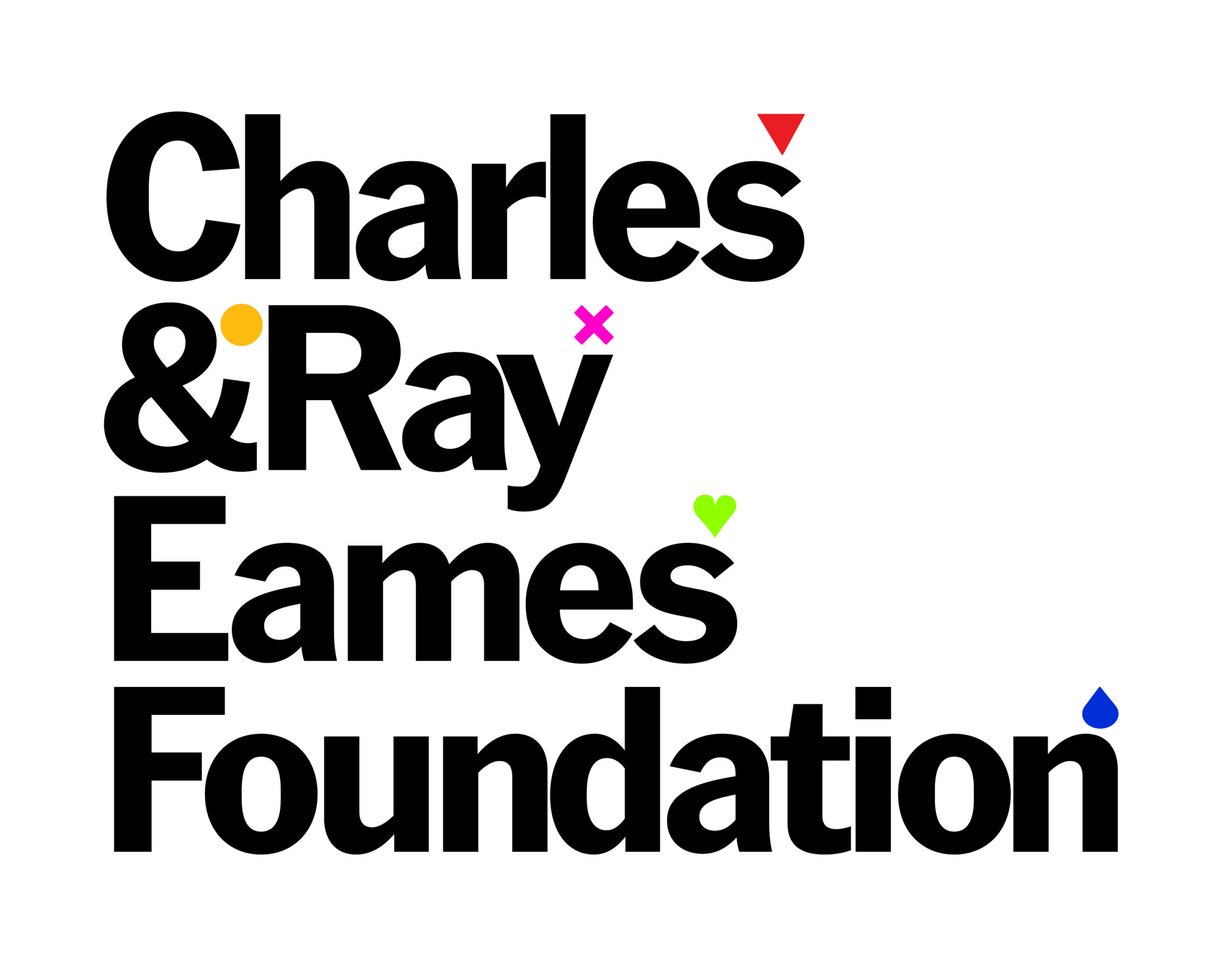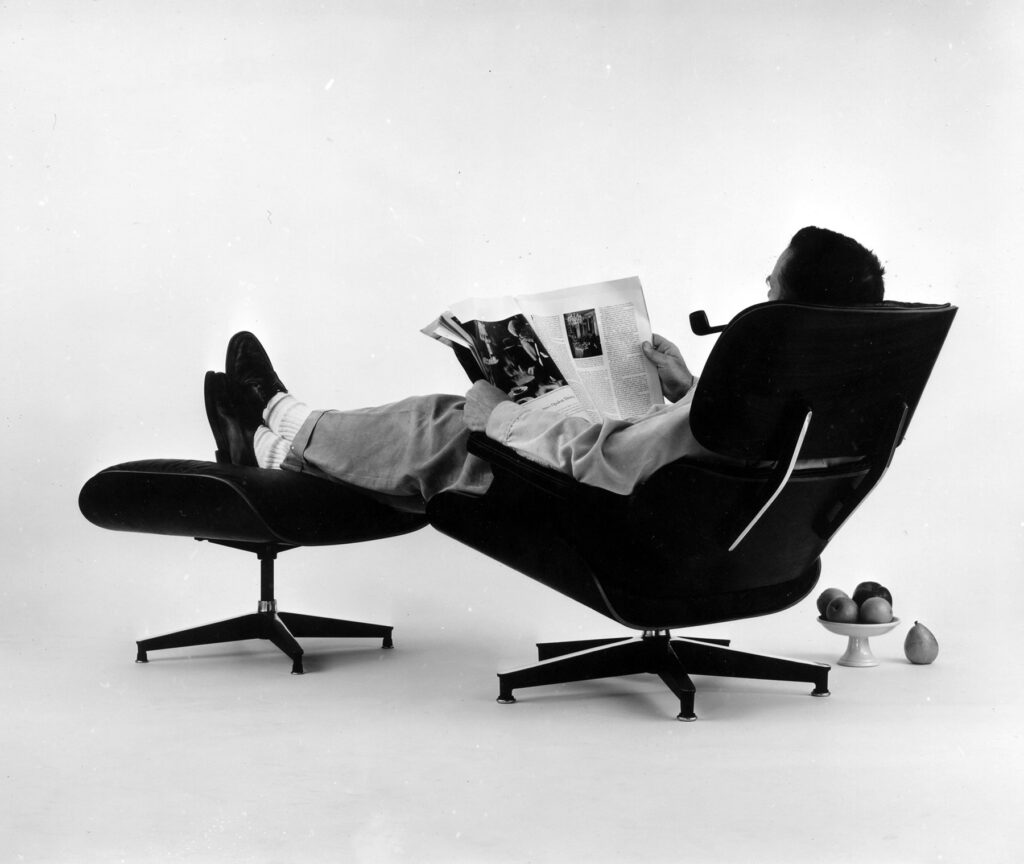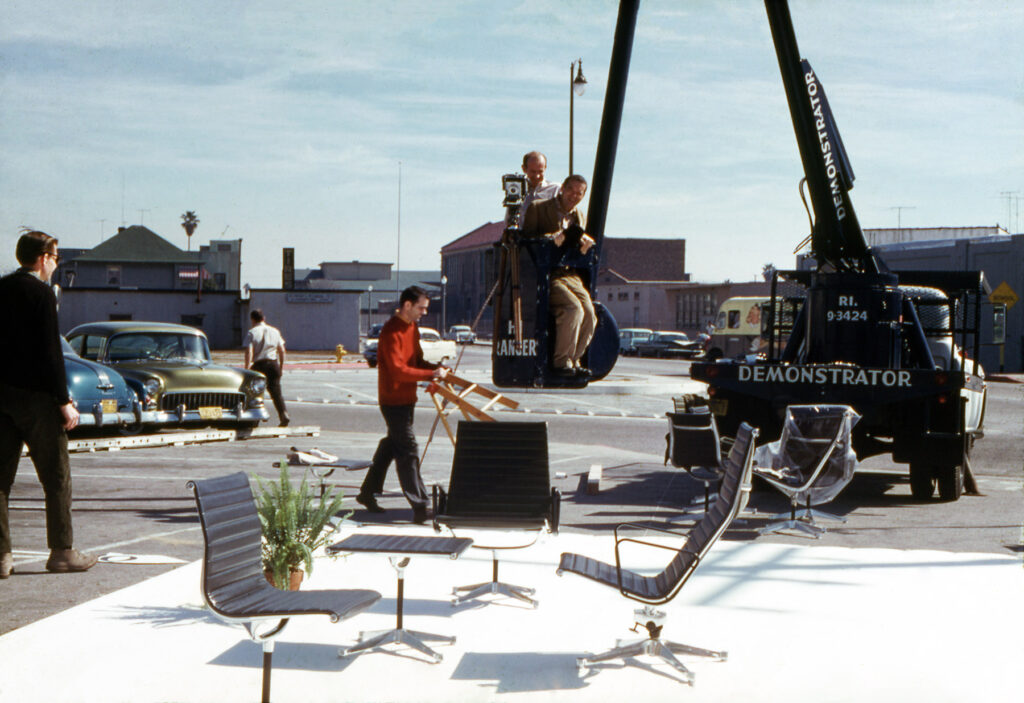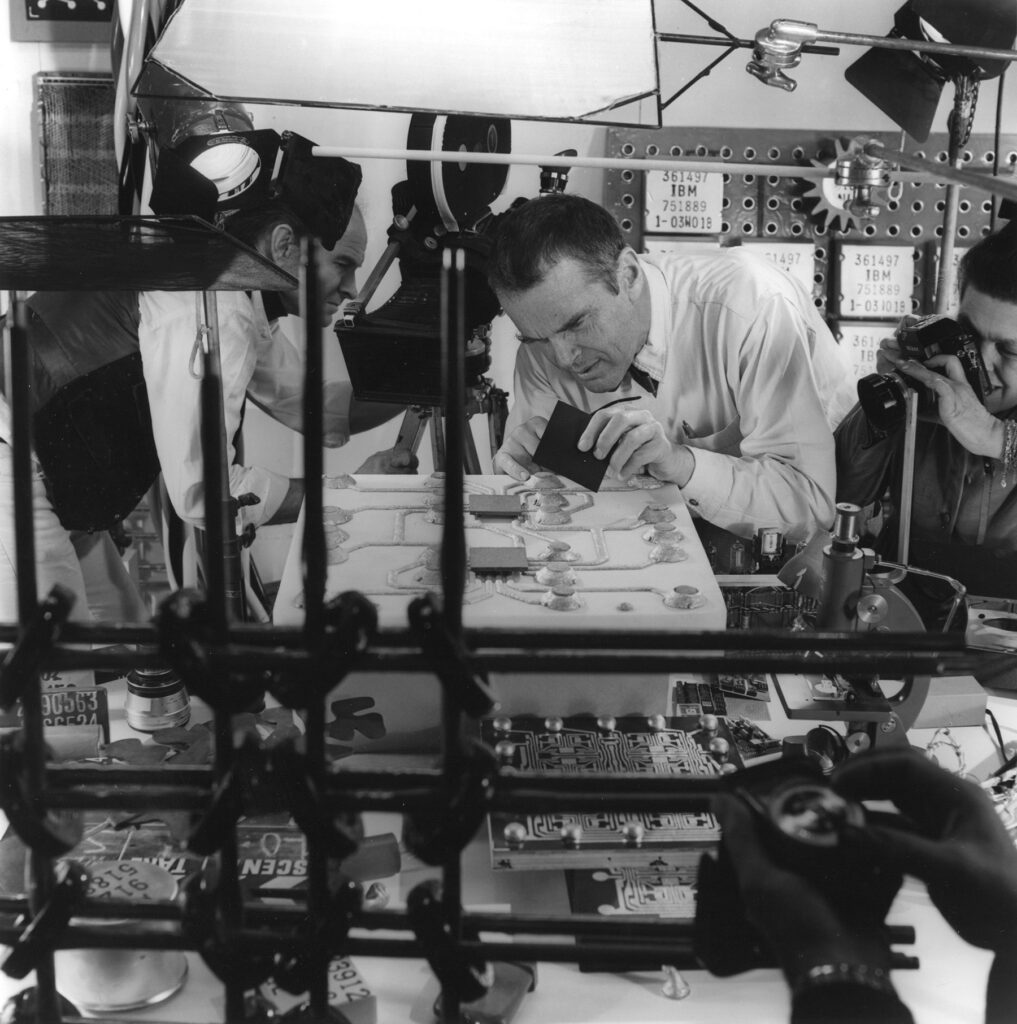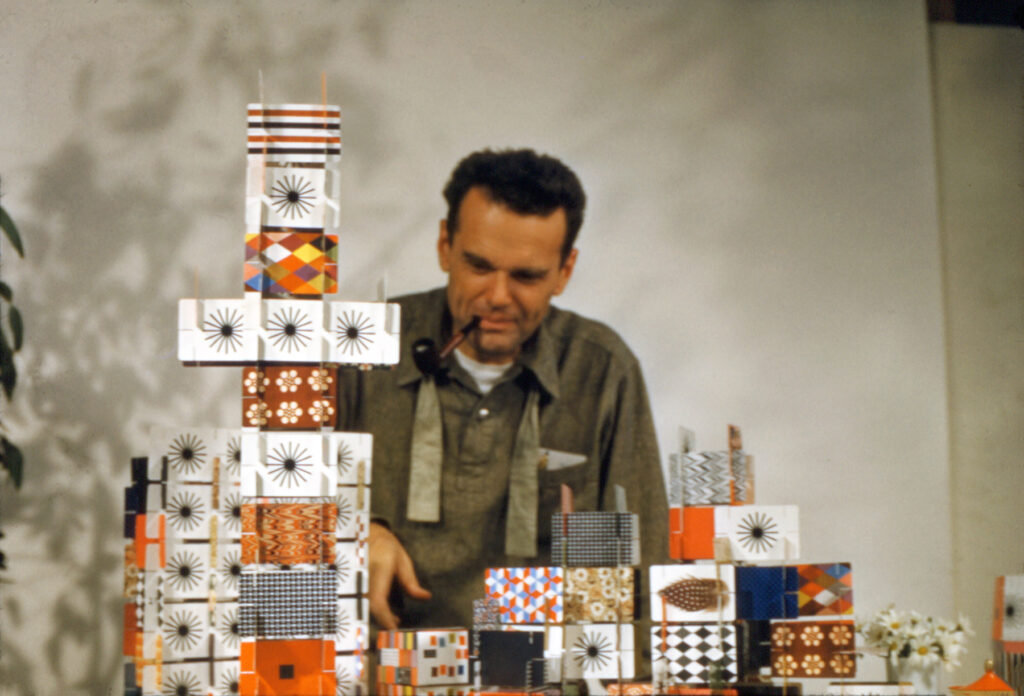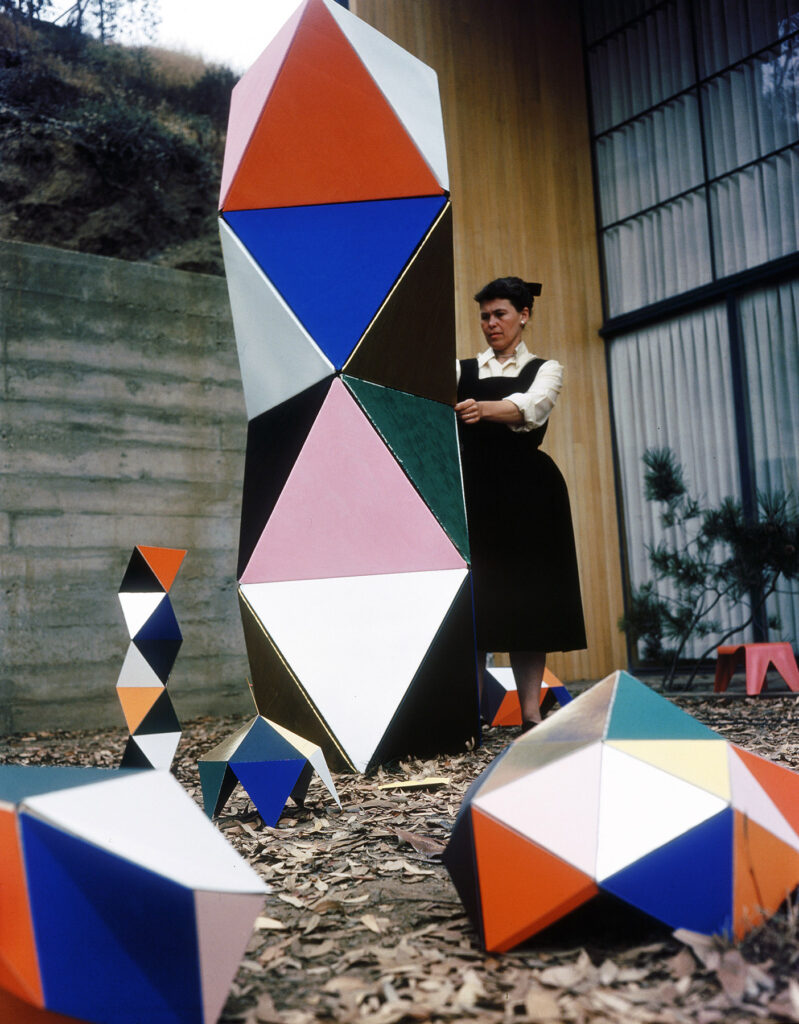Design Legacy
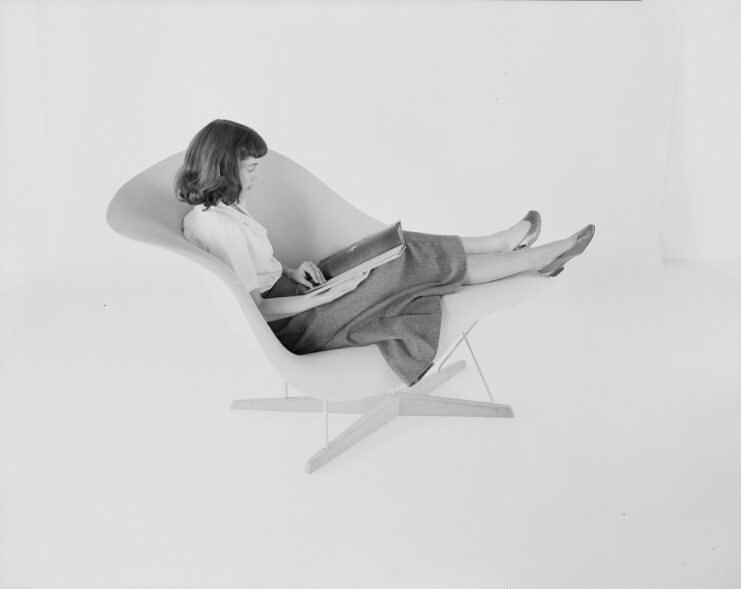
Design as a Response to Need
“Recognizing the need is the primary condition for design.”
– Charles Eames
Eames Office
In 1941, shortly after their marriage and move to Los Angeles, Charles and Ray founded the Eames Office, a multidisciplinary hub of innovation where architects, designers, and filmmakers worked in a spirit of collaboration. At the Eames Office, also called “901” after its address on Washington Boulevard in Venice, California, Charles and Ray honed a design process that was both method and mindset, rooted in curiosity, problem-solving, and hands-on experimentation.
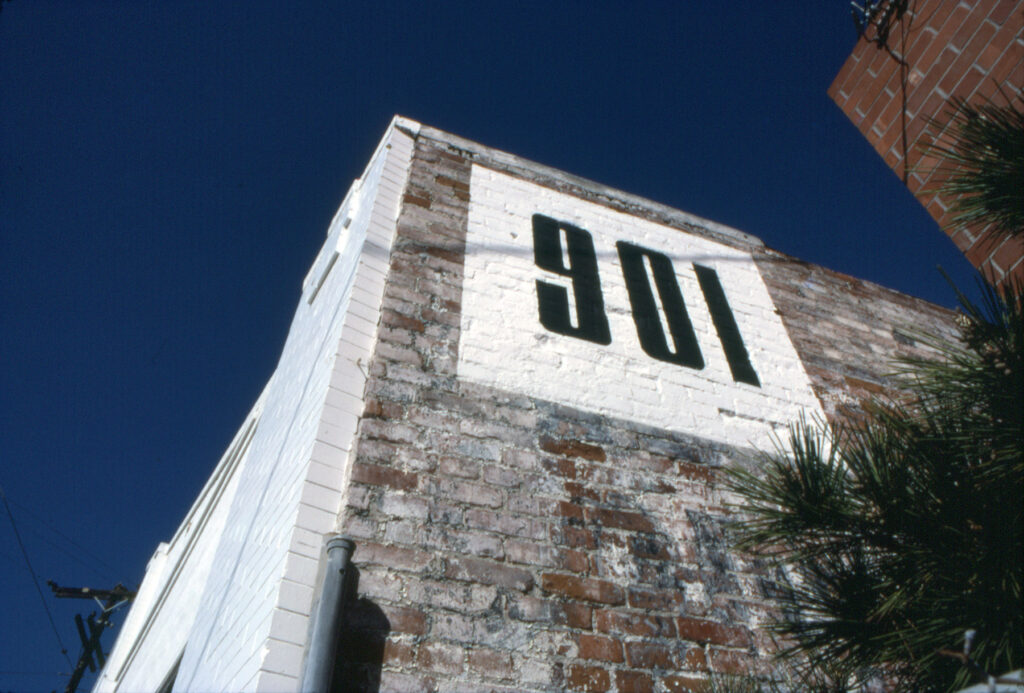
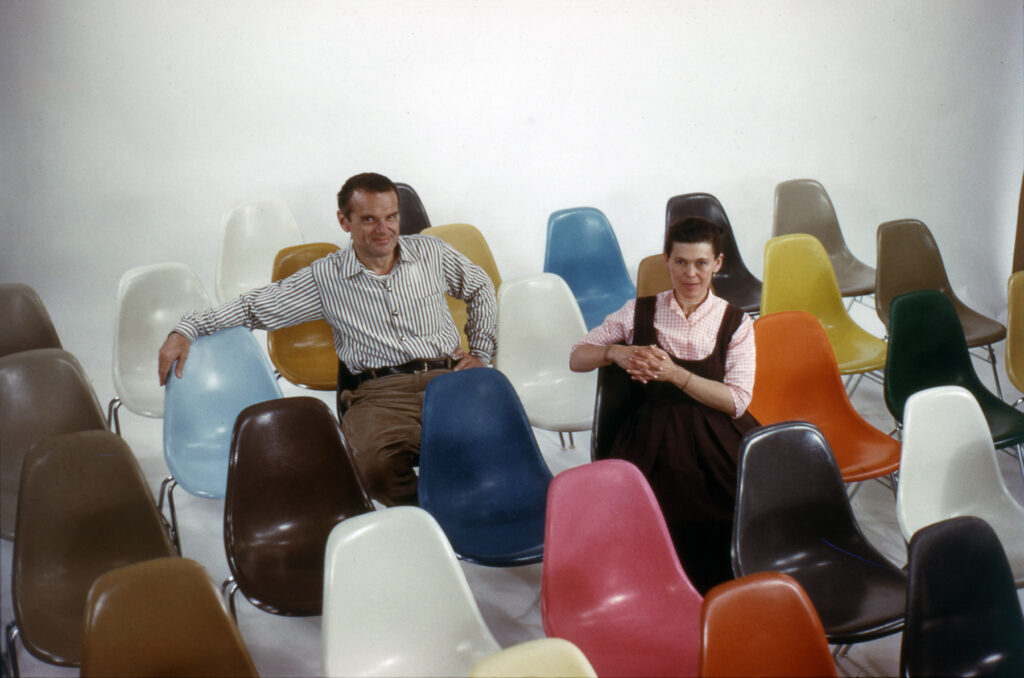
Meeting the Need
For the Eameses, the primary need of the human being was an essential component of every design challenge; there was no emphasis on financial gain or to fulfill the desires of the ego. Charles and Ray believed a design to be successful when it catered to how people are similar to one another instead of addressing our idiosyncrasies. Charles said that chairs should be designed not for how people should sit, but instead for how people do sit. Each Eames project’s design process evaluated the genuine need of the client—which determined the project’s constraints—and configured a solution to benefit the greatest number of people.
The Iterative Process
Once the constraints of the design problem were outlined, Charles and Ray relied on an iterative process to create furniture, films, exhibitions, and more. Sketches and illustrations weren’t a priority, but instead, the Office turned to photographs and model-making. Photography served as a tool for the assembly and dissemination of ideas before, during, and after designing an object (such as furniture) or something more intangible (like a proposal for a national design institution in India). Creating models and life-sized mockups of designs repeatedly, in a nearly-obsessive way, allowed the Eames staff to grasp the success of an idea and experiment with changes in an unselfconscious manner.
“901,” the Eames Office’s physical workspace, further enabled the iterative, hands-on design process of Charles, Ray, and their staff. The presence of film darkrooms, an extensive library, an organized slide archive, tooling, and ample workspace allowed for projects to develop with ease. When the Eames Office faced a new challenge they were not equipped for at 901, the staff would approach the task with great energy and curiosity until they could manage it internally. The office was entirely self-sufficient. If a project needed to be sourced to another company for completion—a rarity—the Eames Office staff created a fully-developed example of it first. This resourcefulness built upon itself over time, increasing the Office’s skillset and level of intellect.
“What works good is better than what looks good, because what works good lasts.”
– Charles Eames
Innovate as a Last Resort
“Charles and Ray had a deep respect for the effort that had gone before,” writes Eames Demetrios, their grandson and Chairman of the Charles & Ray Eames Foundation Board. “It was not a matter of avoiding work, but rather avoiding the pitfalls of pursuing overtly for its own sake. Charles often advised, ‘innovate as a last resort,’— ironic because Charles and Ray became known for their freshness, invention, and yes—innovation—of their work. But to them, such qualities were only a means to an end, not an end in itself. The danger of any innovation was the chance of losing the wisdom that had gone into the development of the idea to that point.”
30-Year Flash
When approached about the Lounge Chair and Ottoman design process, Charles was asked, “Did you think of the Eames chair in a flash?” His reply? “Yes, sort of a 30-year flash.” For decades within the Eames Office, knowledge and experience continuously built upon previous projects, materials were seen for their inherent worth, and iteration honed all ideas into a practical form.
Charles and Ray Eames’ legacy is unmistakable in such celebrated works like the Eames Lounge Chair, their fiberglass shell chairs, the Eames House, Powers of Ten, and their exhibition Mathematica, among so many others. But it was their rigorous, exploratory design process that provided the foundation for such scale, diversity, and relevance of their work.
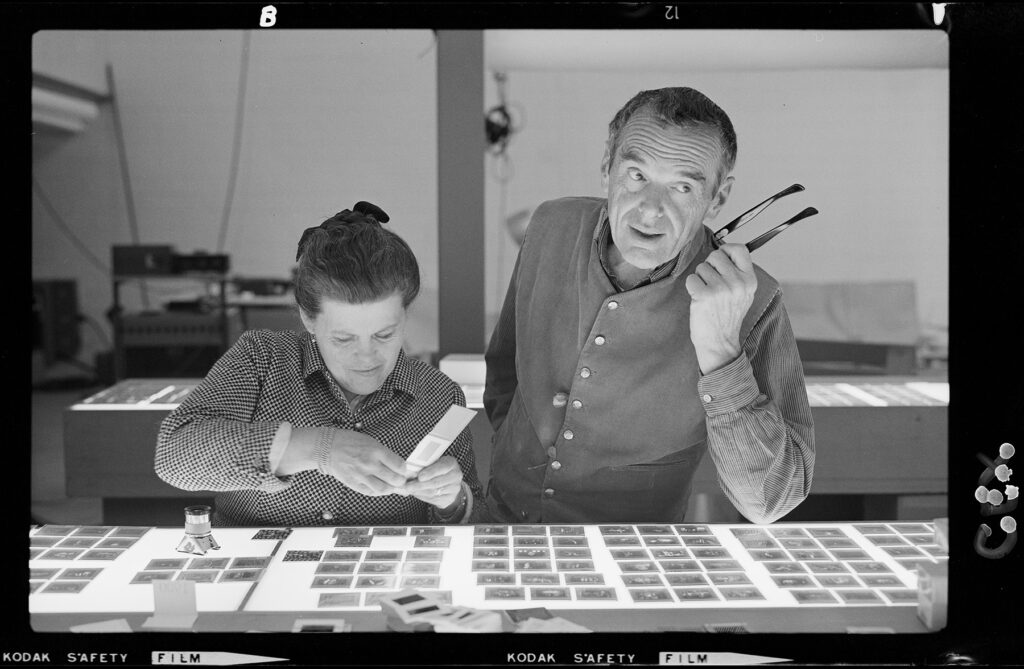
“The extent to which you have a design style is the extent to which you have not solved the design problem.”
– Charles Eames
